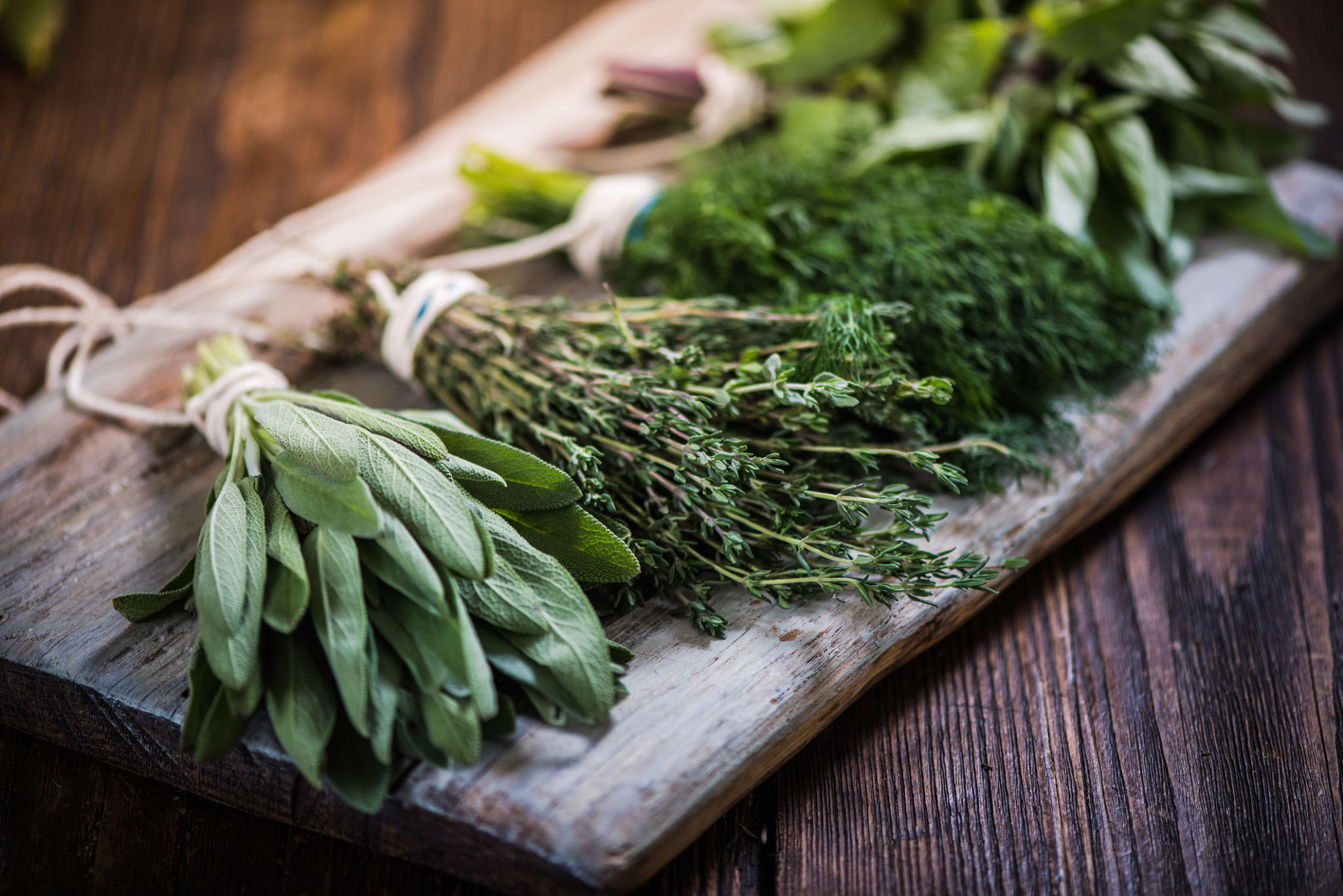The Complete Guide to Using Plant Extracts in Food and Pharmaceuticals
Introduction to Plant Extracts
Plant extracts have been used for centuries in various cultures around the world. They are derived from different parts of plants, including leaves, flowers, seeds, and roots. These extracts contain beneficial compounds that can be harnessed for both culinary and medicinal purposes. With the increasing interest in natural products, understanding how to use plant extracts effectively can be incredibly valuable.
The process of extracting plant compounds involves separating them from the plant material using solvents like water, alcohol, or oils. This results in a concentrated form that can be easily added to foods or pharmaceutical products. Plant extracts offer a range of flavors, aromas, and health benefits that make them an appealing choice for many applications.

Benefits of Using Plant Extracts in Food
In the culinary world, plant extracts are prized for their ability to enhance flavors and aromas. They can be used to create unique taste profiles that elevate dishes to new heights. Some common plant extracts used in food include vanilla, almond, and peppermint, each offering a distinct flavor that can transform recipes.
In addition to flavor enhancement, plant extracts can provide health benefits. For example, extracts like green tea and turmeric are known for their antioxidant properties, which can contribute to overall well-being. By incorporating these extracts into your diet, you can enjoy both delicious flavors and nutritional advantages.

The Role of Plant Extracts in Pharmaceuticals
Plant extracts have also found a significant place in the pharmaceutical industry. Many traditional medicines are based on plant-derived compounds known for their therapeutic effects. For instance, willow bark extract has been used historically for pain relief and is the precursor to modern aspirin.
The pharmaceutical application of plant extracts involves rigorous testing and standardization to ensure safety and efficacy. This process often includes isolating active compounds and studying their effects on the human body. As a result, plant extracts can become valuable components of medications aiming to treat various conditions.

Popular Plant Extracts and Their Uses
There are numerous plant extracts available today, each with its own unique benefits and uses. Here are some popular examples:
- Echinacea: Often used to boost the immune system and reduce symptoms of colds.
- Ginseng: Known for its energy-boosting properties and ability to improve cognitive function.
- Lavender: Typically used for its calming effects and ability to improve sleep quality.
These extracts can be used individually or combined to create synergistic effects that enhance their overall impact.
Safety Considerations When Using Plant Extracts
While plant extracts offer numerous benefits, it is essential to consider safety when using them. Some extracts may interact with medications or cause allergic reactions in certain individuals. It is crucial to consult with a healthcare professional before incorporating new extracts into your routine, especially if you have underlying health conditions.
Proper dosage and sourcing are also vital factors. Ensuring that extracts come from reputable suppliers and following recommended dosages can help prevent adverse effects and maximize their benefits.

Conclusion: Embracing the Power of Nature
The use of plant extracts in food and pharmaceuticals highlights the incredible power of nature. By understanding how to harness these natural compounds safely and effectively, we can enrich our lives with enhanced flavors and improved health outcomes. Whether you're a home cook looking to spice up your dishes or someone seeking natural wellness solutions, plant extracts offer an exciting avenue to explore.
